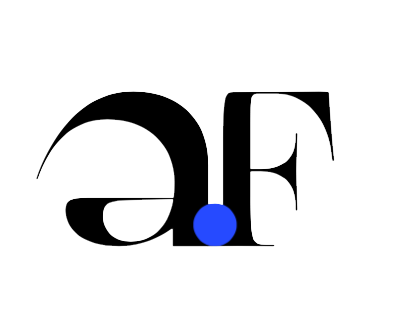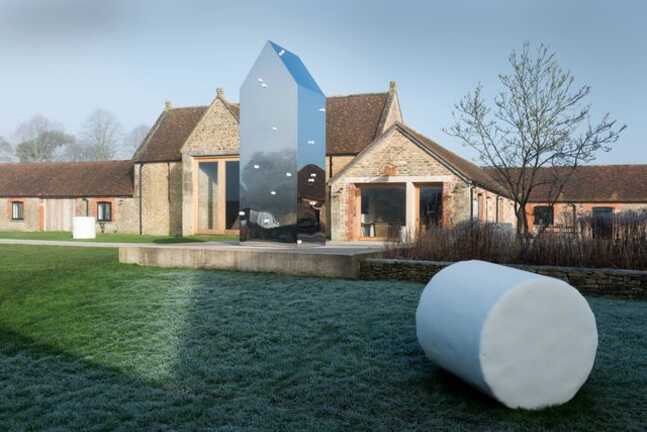
Image credit: Ken Adlard for Hauser & Wirth.

Image credit: Ken Adlard for Hauser & Wirth.

Image credit: Ken Adlard for Hauser & Wirth.

Image credit: Ken Adlard for Hauser & Wirth.

Image credit: Ken Adlard for Hauser & Wirth.
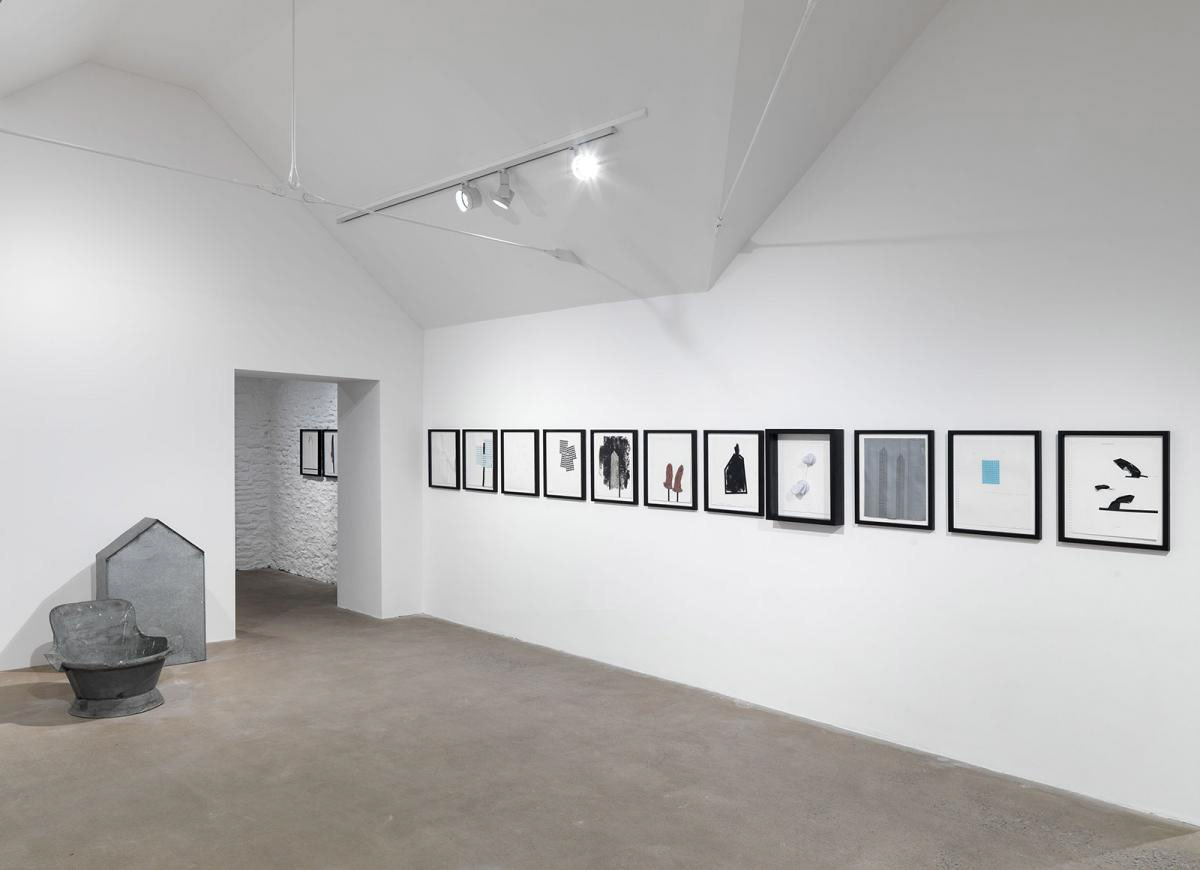
Image credit: Ken Adlard for Hauser & Wirth.

Image credit: Ken Adlard for Hauser & Wirth.

Image credit: Ken Adlard for Hauser & Wirth.

Image credit: Ken Adlard for Hauser & Wirth.
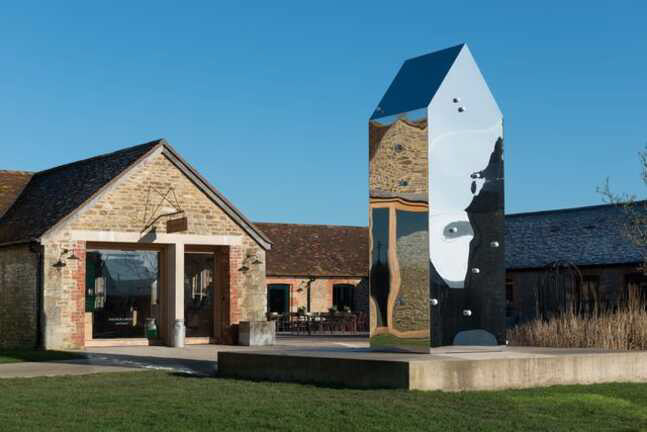
Image credit: Ken Adlard for Hauser & Wirth.
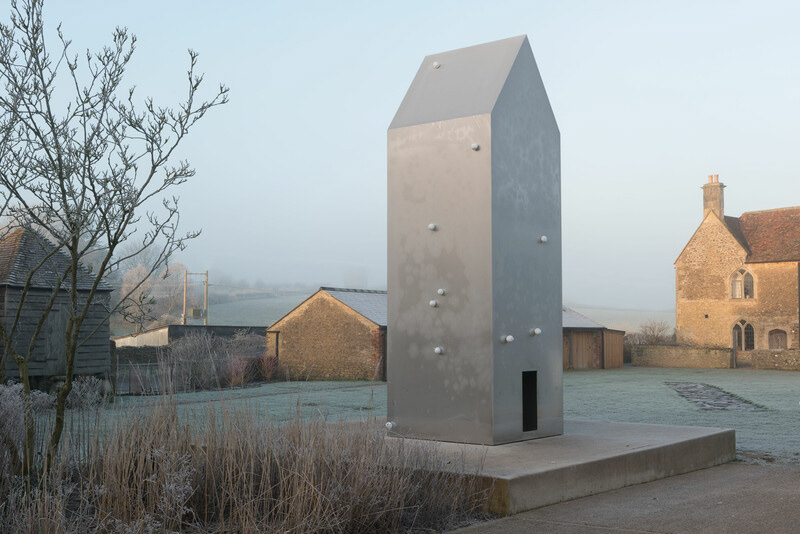
Image credit: Ken Adlard for Hauser & Wirth.
In 2019 Hauser & Wirth Somerset presented ‘SCARCH’, a solo exhibition by Not Vital, organised with Olivier Renaud-Clément and Giorgia von Albertini. The multidisciplinary exhibition highlighted the Swiss artist’s deep-rooted interest in the relationship between architecture, landscape and human perception. A portmanteau of the two words sculpture and architecture, ‘SCARCH’ transcends the boundaries of both formal terms, creating immersive, site-specific structures that provide a sense of wonder by means of alternative perspectives. Vital has travelled and exhibited widely since the 1970s, living between the United States, Niger, Italy and China, as well as his native Switzerland. The works in the exhibition spanned Not Vital’s expansive oeuvre over five decades, ranging from early rudimental works from the 1960s, portrait sculptures, mixed-media works on paper and socially-driven installations relating to his global projects.
Central to Vital’s practice is an exploration of the spatial and socio-cultural backdrop of his homes and workplaces. He is able to immerse himself in new contexts and cultures with astonishing ease, collaborating with local craftspeople and sourcing regional production in the most remote areas. Displayed in the Threshing Barn was ‘House to Watch the Sunset’ (2005), a model from the ongoing international series created in-situ in; Agadez (Niger), Paraná do Mamori (Brazil), and Tarasp (Switzerland). Crucial to these structures are not the comforts of home or the way in which we might live in them, but rather the way in which they enable us to look at the world. The original buildings, over thirteen metres high, have three stories, each unconnected and separately accessed via an outdoor staircase. Shortly after finishing the first structure of its kind in 2005 in Niger, Vital declared that ‘House to Watch the Sunset’ would become a global project: a structure would be built for the sole purpose of contemplating the sunset in every continent. While the materials of the building would always be site-specific, the form and dimensions would be the same at each location.
Vital’s anthropological curiosity and disciplined approach to production is further reinforced in ‘100 Architects’ (2016), where the artist presented an installation comprised of 101 black granite sculptures. These sculptures are numerical portraits: the volume and size of each individual structure is determined by the date and year of each architects’ birth. The installation, which was installed in the Workshop gallery, represents and honours cultural figures who have made substantial contributions to the field of architecture. By limiting form and space to pre-engineered constraints, Vital’s installations are able to transcend their material basis and become vehicles for a unique viewpoint on society and our cultural identity.
The first works Vital made when he turned to art in the mid-1960s testify to his interest in the concept of habitat and the formal idiom of architecture. This early practice marked the beginning of Vital’s ongoing interest into the power of audience engagement and performative works, echoed in the spontaneous nature of their creation. The Pigsty gallery contained Vital’s first sculptural work ‘Chanala da tet’ (1964), consisting of a roof gutter that he found on the street in front of his parents’ house that he promptly painted white and turned into a rectified readymade. This seminal work was displayed alongside ‘Chasa i bogn’ (1970), a two-part work consisting of the simplified shape of a house and a children’s bathtub. Although the readymade later yielded to sculpture, drawing, painting, and architecture, Vital’s early practice clearly prefigured what was to come, taking inspiration from the home and transforming conventional or mundane objects into minimal works of art.
On view throughout the same gallery were a series of three-dimensional works on paper, created as performative experiments running in parallel to Vital’s large-scale sculpture making. Vital often draws while travelling, collecting additional materials from pharmacies and hardware shops, producing work that consists of whatever is available to him: tape, cotton swabs, silicone patches, and plastic bags. These mixed media works invariably make us see both the medium of drawing and the subject matter with fresh eyes.
The exhibition also presented three outdoor ‘SCARCH’ installations, designed to speak to the rural landscape and visual language of Hauser & Wirth Somerset. ‘Cannot Enter Cannot Exit’ (2020), installed on the front farmyard, returns to Vital’s idiosyncratic use of towers whilst looking out towards Bruton’s Dovecote. The tower itself is the same height as Michelangelo’s David at just over five metres, standing as a heroic structure and monumental landmark over the gallery site. Scattered across the front lawn and trapped within the tower were a series of stainless steel hay bales covered in white varnish, ‘Bale’ (2018) is representative of the agricultural cycle and winter season symbolising preservation, digestion and growth. ‘Date’ (2016) installed in the Cloister Courtyard, a three metre tall, fruit-shaped sculpture enveloping the viewer in an inverted world. The stainless steel structure stood in stark contrast to the organic forms surrounding it, captivating the viewer in a meditative tension between the natural and the surreal.
For the exhibition Aloys presented a series of gallery tours and installed a book lab display mapping Vital's SCARCH projects around the globe which you can see below.
Aloys also facilitated children's workshops creating sculptures in the style of Vital's SCARCH projects from edible materials such as bread and cheese. The children later collaborated on a pair of wooden sculptures depicting Don McCullin and Not Vital in the style of 100 Architects made from wood and bread which you can see below.
